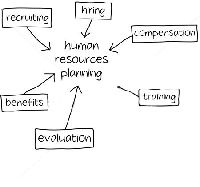Brief note on concept: over time, the term “business excellence” started to replace the terms “quality” and “tqm”, partly as a result of the considerable confusion as to the meaning of tqm, since all types of business improvement programmes were being called tqm. The first business excellence models were developed in the mid-1980s and came about as a result of the quality movement in the west. Today, many countries view business excellence models as a key mechanism for improving the performance of organisations, as well as national competitiveness. Popular models are mbnqa, efqm and deming. benefits: regardless of sector, size, structure or maturity, organizations need to establish an appropriate management framework to be successful. The excellence model is a practical, non-prescriptive framework that enables organizations to assess where they are on the path to excellence; helping them to understand their key strengths and potential gaps in relation to their stated vision and mission. The model provides a common vocabulary and way of thinking about the organization that facilitates the effective communication of ideas, both within and outside the organization. it integrates existing and planned initiatives, removing duplication and identifying gaps. it provides a basic structure for the organization's management system.















